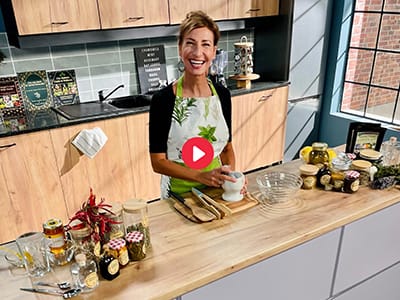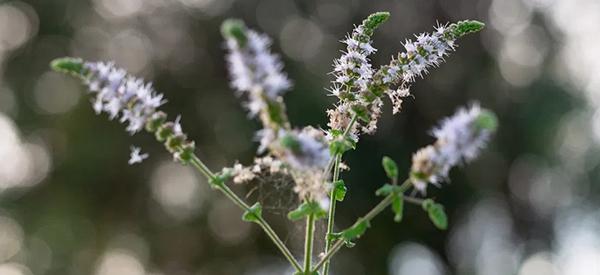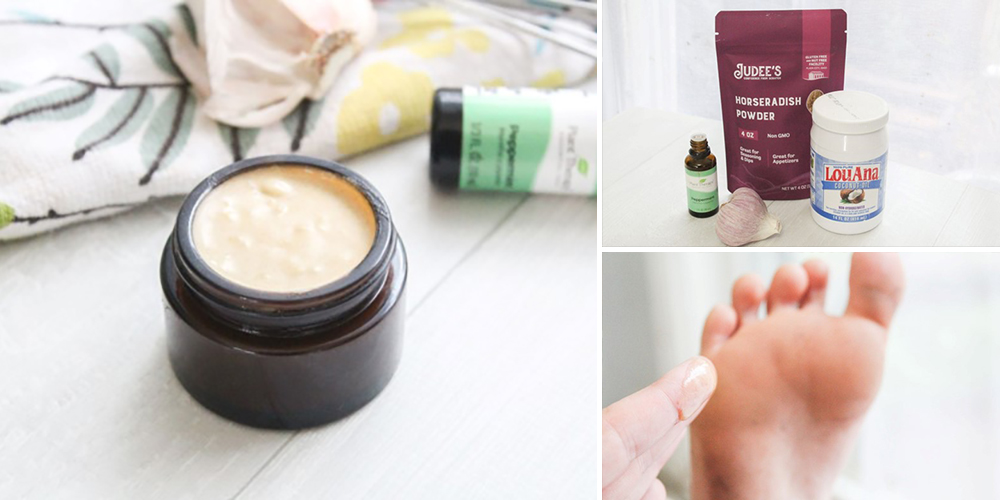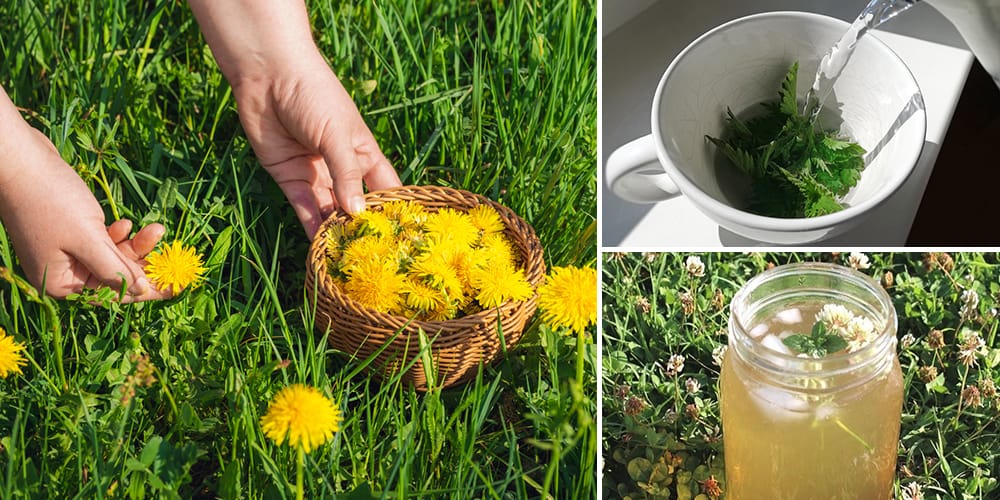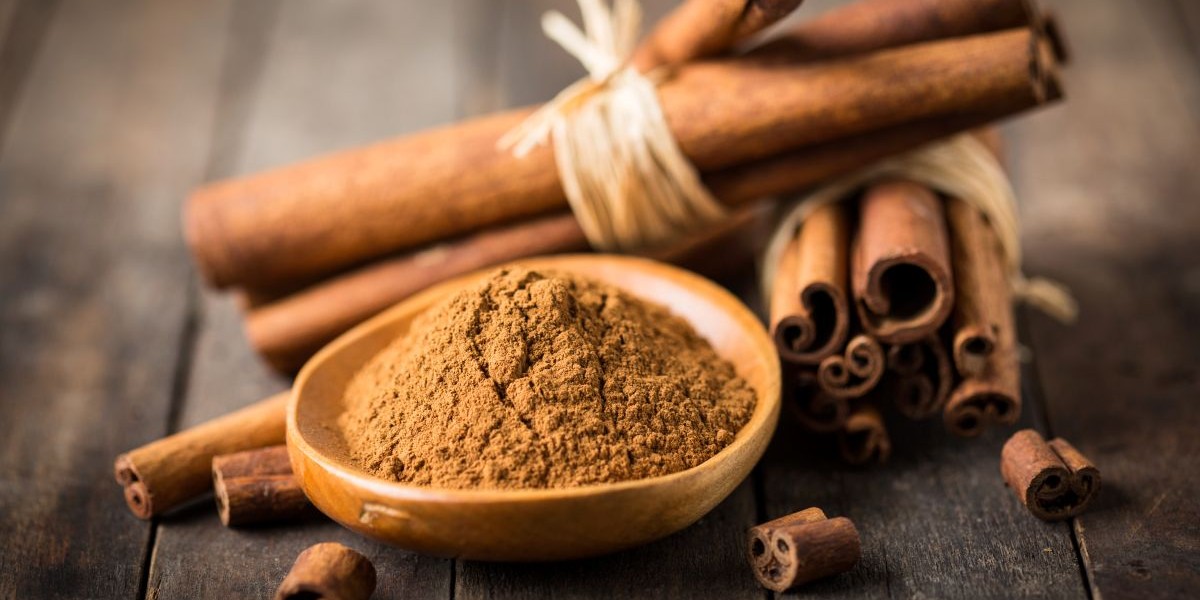
Cinnamon
Cinnamon is one of the world’s oldest and most cherished spices, used for thousands of years in medicine, food, and ritual. More than a flavorful addition to baked goods, cinnamon bark has a long history of being valued for its warming, stimulating, and protective qualities. Ancient physicians prescribed it for digestive troubles, colds, and fatigue, while modern research continues to uncover its benefits for blood sugar balance, inflammation, and heart health.
Its distinctive aroma comes from the essential oils concentrated in the bark, especially cinnamaldehyde, a compound with remarkable antibacterial and antifungal properties. This is why cinnamon not only flavors food but also helps preserve it naturally. Beyond the kitchen, cinnamon remains a staple in herbal medicine cabinets across the world.
In traditional Chinese medicine, cinnamon is considered warming and is used to drive out cold from the body. In Ayurveda, it has been treasured as a spice that strengthens digestion and circulation, restoring balance in the colder months. These practices mirror what modern science has confirmed—that cinnamon has a measurable impact on the body’s systems.
Even beyond healing, cinnamon has been seen as a sacred spice. It was used in ancient Egypt in embalming rituals and burned as incense in temples across Asia and the Middle East. Its reputation for both preserving and protecting has made it not only valuable but revered across cultures.
The Benefits of Cinnamon
Cinnamon offers a broad range of health benefits that blend tradition with modern science:
- Supports blood sugar balance – Studies suggest cinnamon may help improve insulin sensitivity, making it valuable for those managing blood sugar levels.
- Anti-inflammatory properties – Its oils reduce inflammation in the body, easing discomfort from joint pain or sore muscles.
- Antimicrobial action – Cinnamon’s essential oils fight bacteria, fungi, and viruses, helping protect against infections.
- Digestive aid – Traditionally used to ease bloating, gas, and sluggish digestion.
- Circulatory support – Cinnamon stimulates circulation, warming cold hands and feet during the winter months.
In addition to these uses, cinnamon is often included in blends for respiratory health, as its warming nature helps loosen congestion and soothe irritated throats. Its versatility makes it as useful in a teacup as it is in the spice rack.
Cinnamon’s antioxidant content is another overlooked aspect of its power. It contains polyphenols that protect the body from oxidative stress, which is linked to chronic conditions like heart disease and premature aging. This makes it not just a spice of flavor but one of longevity.
Some herbalists also recommend cinnamon for its uplifting quality. The scent itself can brighten mood and reduce fatigue, which is why it is often used in aromatherapy. The combination of emotional and physical benefits makes cinnamon truly holistic in its reach.
 How to Identify Cinnamon
How to Identify Cinnamon
True cinnamon comes from the inner bark of the Cinnamomum verum tree, native to Sri Lanka. It is often called “Ceylon cinnamon.” Its bark rolls into delicate, papery quills that are light brown in color and break easily. The flavor is sweet, mild, and complex.
Much of what is sold in stores as cinnamon is actually “cassia” (Cinnamomum cassia), a related species that is darker, thicker, and has a stronger, spicier taste. Cassia is more common and affordable, but it contains higher levels of coumarin—a natural compound that can strain the liver if consumed in large amounts.
When you examine cinnamon sticks, notice the difference: Ceylon cinnamon is thin and layered like a cigar, while cassia is thick, hard, and curls inward at the edges. The fragrance of Ceylon is delicate and almost floral, while cassia hits with sharp spiciness.
Powdered cinnamon makes identification trickier, which is why sourcing from trusted suppliers is essential. If you plan to use cinnamon regularly for health, choosing Ceylon ensures safety and maximizes medicinal benefits.
Foraging and Harvesting Cinnamon
Unlike wild herbs, cinnamon isn’t something you’ll typically forage in the backyard—it grows as an evergreen tree in tropical climates. If you live in a warm region, however, it can be grown in pots or gardens with proper care.
Harvesting involves cutting back branches and peeling the inner bark, which curls into quills as it dries. The leaves are also aromatic and sometimes distilled into cinnamon leaf oil, though this is less sweet and more pungent than bark oil.
Cinnamon trees can take about two years before their bark is ready for harvest. Stripping the inner bark is an art: too shallow and you get weak flavor, too deep and the tree is harmed. Skilled harvesters in Sri Lanka have passed these techniques down for generations.
If you grow cinnamon at home, you may not achieve commercial-quality bark, but you can still enjoy its leaves and smaller bark pieces. Even these provide a satisfying flavor for teas and infusions.
Cinnamon vs. Similar Spices
| Spice | Appearance & Flavor | Common Use | Notes |
| Ceylon Cinnamon | Thin, papery quills, sweet and mild taste | Herbal medicine, teas, desserts | Lower coumarin, gentler flavor |
| Cassia Cinnamon | Thick, hard bark, strong and spicy taste | Baking, savory dishes, spice blends | Higher coumarin, less costly |
| Cinnamon Leaf Oil | Distilled from leaves, pungent and earthy | Topical remedies, aromatherapy | Stronger scent, not as sweet as bark oil |
| Nutmeg | Hard brown seed, warm and nutty flavor | Holiday baking, mulled drinks | Often paired with cinnamon |
Understanding these distinctions ensures you select the right type for your needs. Many people unknowingly use cassia for all purposes, while herbalists emphasize Ceylon’s safety for long-term use.
This table also shows how cinnamon often overlaps with other warming spices like nutmeg and cloves. Together, they form blends such as chai or mulled wine, which are not only delicious but deeply rooted in traditional medicine for winter health.
 Plant Parts Used
Plant Parts Used
- Bark – The inner bark is the most commonly used part of the cinnamon tree. Once dried into quills, it can be ground into powder, steeped as tea, or tinctured. Medicinally, it supports digestion, circulation, and blood sugar balance.
- Leaves – Cinnamon leaves contain essential oils that are spicier and more pungent than the bark. They are distilled into cinnamon leaf oil, often used in topical remedies and aromatherapy.
- Essential Oil – Extracted primarily from bark but sometimes from leaves, cinnamon oil is highly concentrated and should be used sparingly. It is valued for antimicrobial properties and circulatory stimulation.
Traditional medicine systems valued each part differently, using bark for internal remedies, leaves for external applications, and oil for both healing and ritual. Even today, each part retains its unique place in herbal practice.
How to Use Cinnamon in Natural Medicine
Cinnamon can be used in a variety of ways, both internally and externally:
- Tea: Simmer cinnamon sticks in water for a warming, digestive tonic.
- Powder: Add to honey for sore throats or mix into food for blood sugar support.
- Tincture: Extracts of cinnamon bark offer a concentrated way to harness its antimicrobial and warming properties.
- Topical applications: Infuse cinnamon into oil for massage blends to stimulate circulation (use sparingly as it can irritate skin).
When used in moderation, cinnamon is both safe and effective. However, cassia varieties should be consumed more cautiously to avoid excess coumarin.
A common home remedy combines cinnamon and honey, often used for colds and flu. The sweetness of honey makes it soothing, while cinnamon’s oils fight microbes. Together, they form a traditional tonic that has been passed down for generations.
Externally, cinnamon has been added to poultices for its warming and stimulating effect. When applied carefully, it helps improve circulation to cold or stiff areas of the body. However, it must be diluted, as concentrated cinnamon can irritate the skin.
 Final Thoughts
Final Thoughts
Cinnamon is more than a spice—it is a reminder of how food and medicine intertwine. From ancient trade routes to modern kitchens, it has stood the test of time as both a flavorful seasoning and a healing ally. Whether you sip it in tea, sprinkle it on oatmeal, or include it in a warming herbal blend, cinnamon is a simple yet profound way to connect with nature’s pharmacy.
Every spoonful carries a legacy that spans continents and cultures. To this day, it remains a symbol of both comfort and vitality, bridging the gap between nourishment and healing.
As you bring cinnamon into your daily life, remember that small amounts used consistently are more powerful than large doses taken occasionally. With balance and respect, this humble bark continues to offer warmth and wellness to those who seek its gifts.

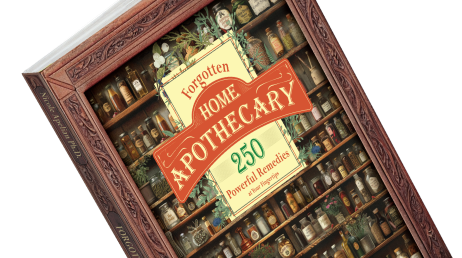






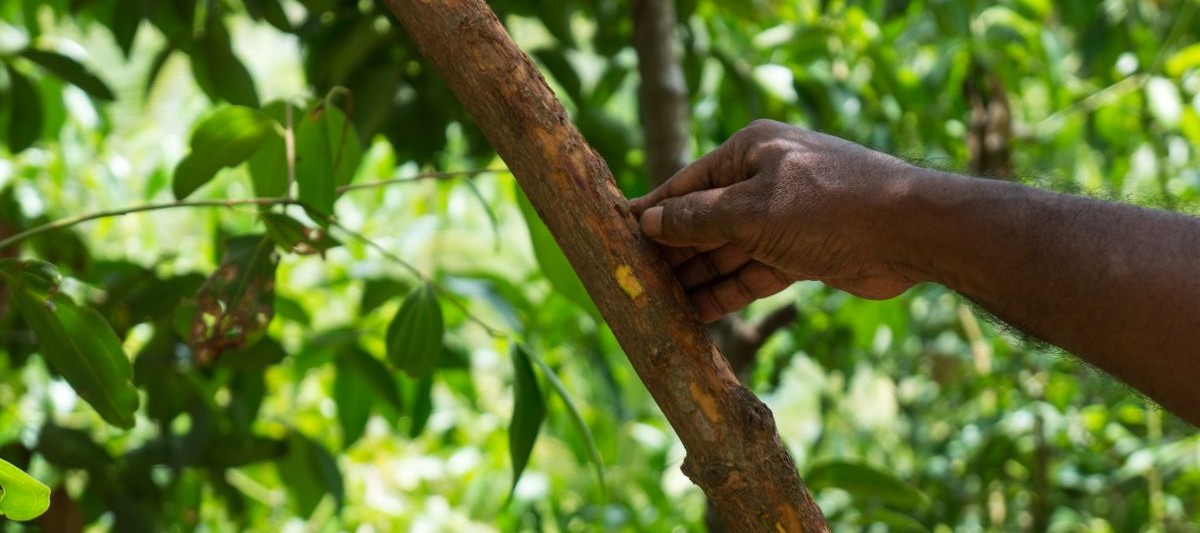 How to Identify Cinnamon
How to Identify Cinnamon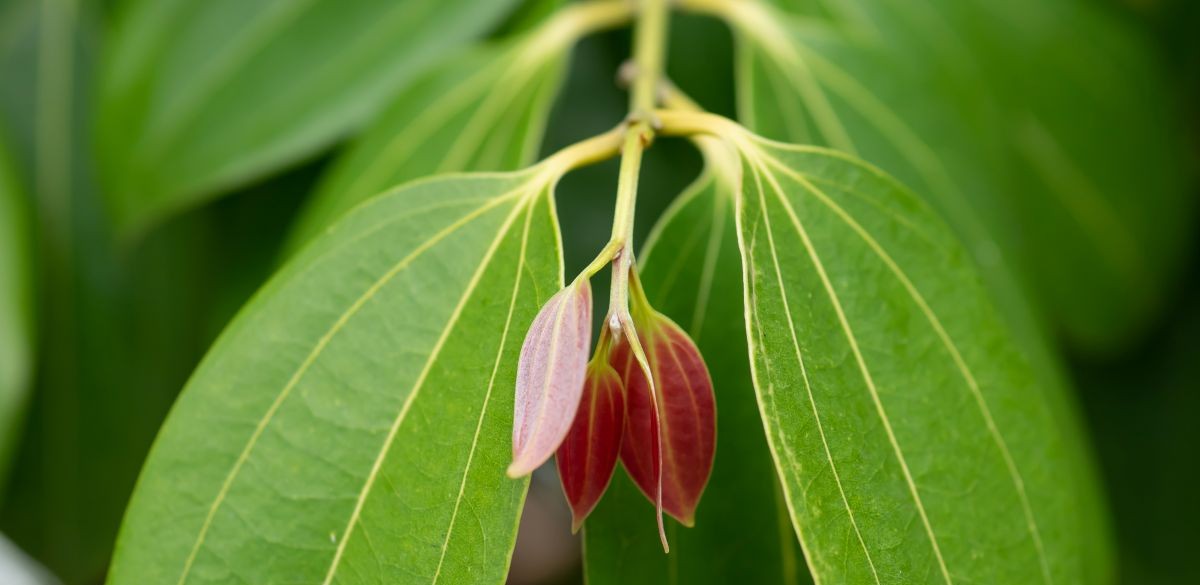 Plant Parts Used
Plant Parts Used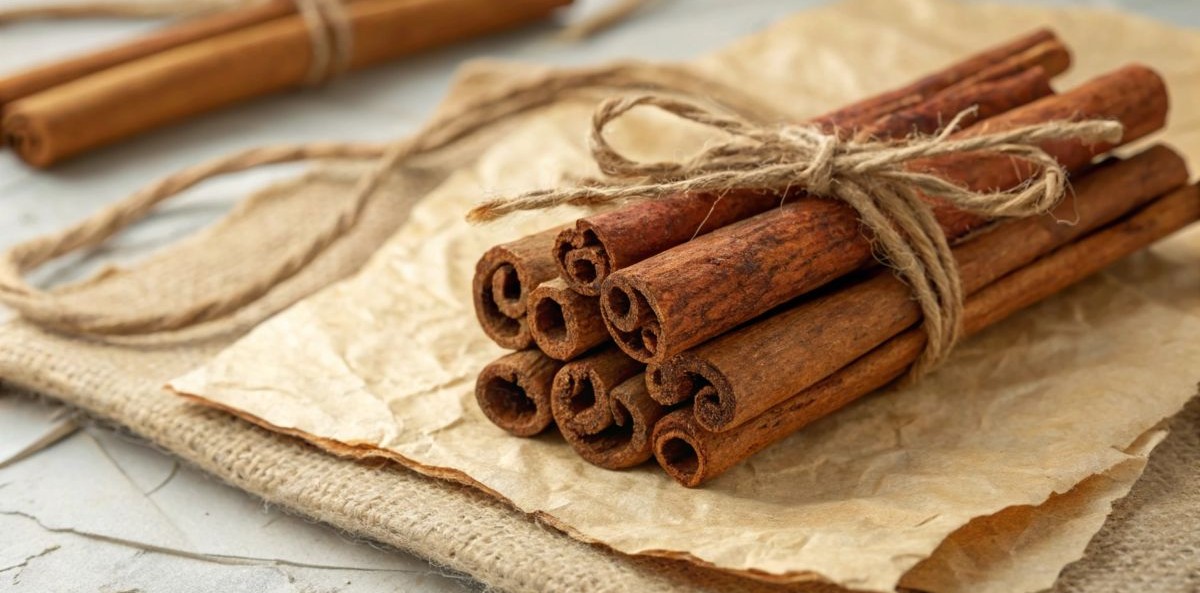 Final Thoughts
Final Thoughts